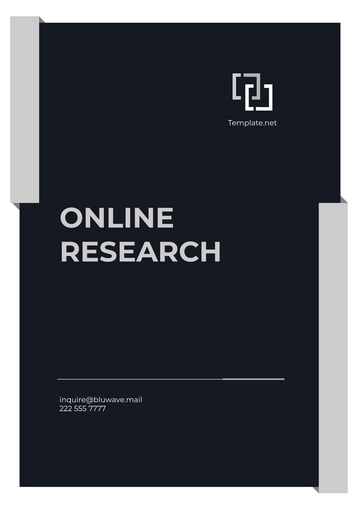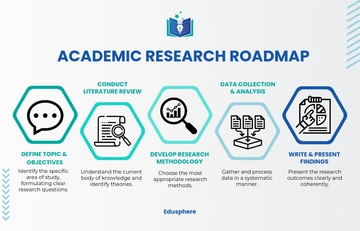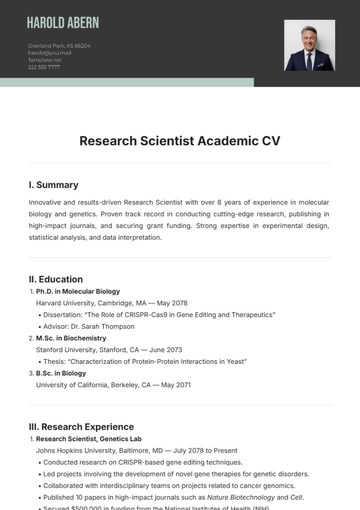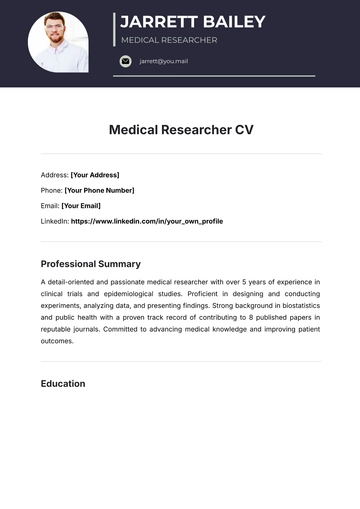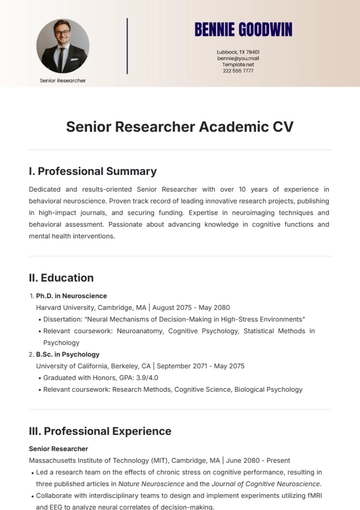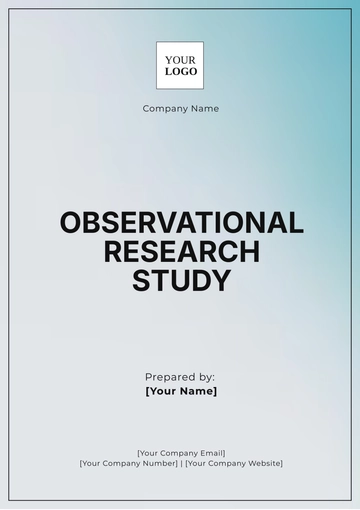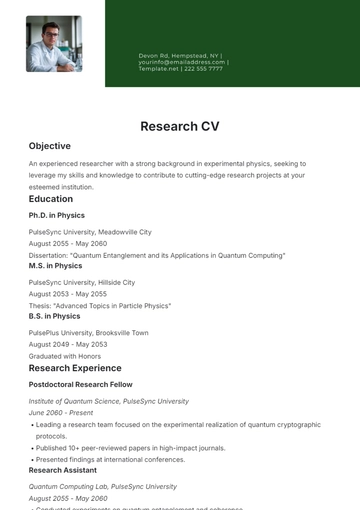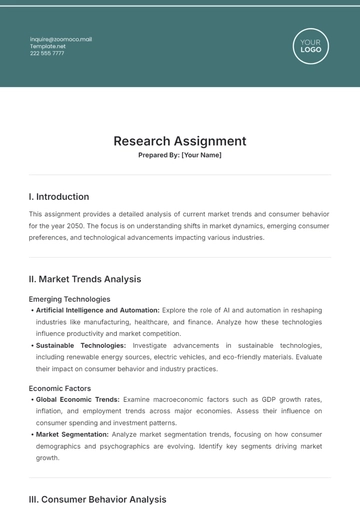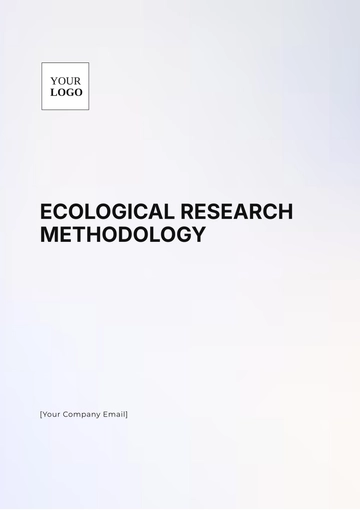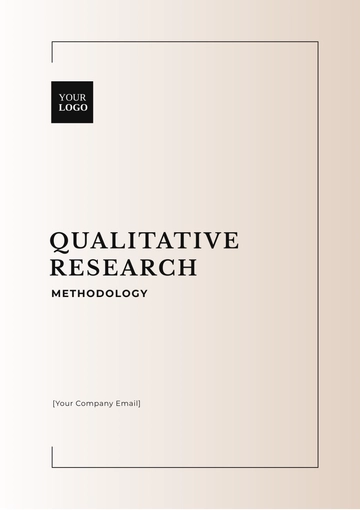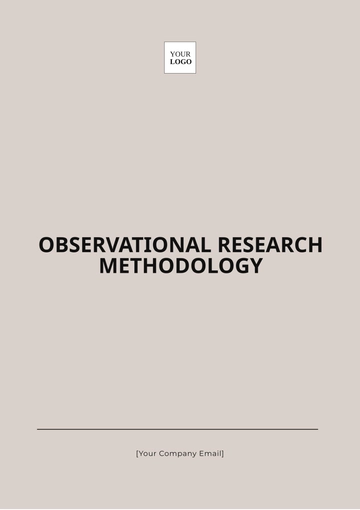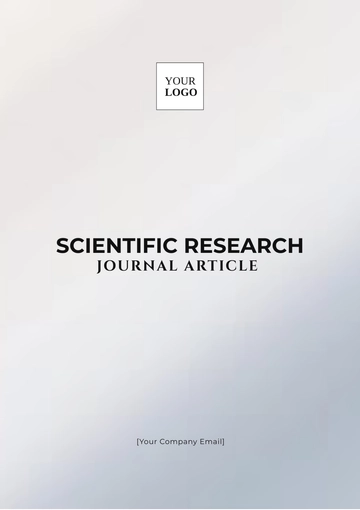Free Academic Research Study

Prepared by: [Your Name]
Affiliation: Energy Research Institute
Company Name: [Your Company Name]
I. Abstract
This study investigates the advancements in solar power technologies projected for 2050 and beyond. We explore the potential of new materials and methods to enhance solar energy efficiency. The findings indicate significant improvements in energy conversion rates, offering promising implications for global energy sustainability.
II. Introduction:
Research Study Title: Advancing Knowledge in Renewable Energy: The Future of Solar Power Technologies

The growing need for sustainable energy sources has led to increased interest in solar power technologies. This research aims to evaluate the future advancements in solar technology expected to emerge by 2050. By examining current trends and future projections, we aim to contribute to the body of knowledge in renewable energy.
III. Literature Review
Previous studies have focused on improving the efficiency of photovoltaic cells and reducing production costs. Researchers have identified several promising materials, such as perovskites, that could revolutionize solar energy. However, challenges such as stability and scalability remain significant obstacles to widespread adoption.
IV. Methodology
This study employs a mixed-methods approach, combining quantitative analysis of solar efficiency trends with qualitative interviews of industry experts. Data collection involved reviewing recent technological advancements and conducting surveys with leading researchers. Analytical methods included statistical trend analysis and thematic coding of interview transcripts.
Quantitative Data: Solar Efficiency Trends
Year | Average Solar Cell Efficiency (%) |
|---|---|
2050 | 22.5 |
2051 | 23.1 |
2052 | 23.8 |
2053 | 24.4 |
2054 | 25.0 |
2055 | 25.6 |
2056 | 26.2 |
2057 | 26.8 |
2058 | 27.5 |
2059 | 28.1 |
Qualitative Data: Expert Opinions on Solar Power Challenges and Innovations
Survey Question 1: What are the most promising new materials for solar cells?
Summary of Responses:
40% of experts identified perovskites as the most promising material.
30% of experts highlighted organic photovoltaics.
20% of experts mentioned quantum dots.
10% of experts suggested multi-junction cells.
Survey Question 2: What are the biggest challenges facing the solar power industry?
Summary of Responses:
50% of experts pointed to material stability issues.
30% of experts cited scalability and manufacturing costs.
20% of experts mentioned efficiency improvements at low light levels.
Survey Question 3: How do you foresee the cost of solar energy changing by 2050?
Summary of Responses:
60% of experts predicted a 40% reduction in costs.
30% of experts anticipated a 30% reduction.
10% of experts expected no significant change in costs.
Most Promising New Materials for Solar Cells
Perovskites: 40%
Organic PV: 30%
Quantum Dots: 20%
Multi-Junction: 10%
Biggest Challenges Facing the Solar Power Industry
Material Stability: 50%
Scalability and Manufacturing: 30%
Efficiency at Low Light Levels: 20%
Pie Chart: Predicted Cost Reduction by 2050
40% Reduction: 60%
30% Reduction: 30%
No Significant Change: 10%
V. Results
Our analysis indicates that new materials like perovskites could increase solar cell efficiency to over 30% by 2050. Additionally, advancements in manufacturing processes are expected to reduce costs by up to 40%. These developments could make solar energy more accessible and affordable globally.
VI. Discussion
The findings suggest that solar power will play a crucial role in future energy systems. Increased efficiency and lower costs will likely drive widespread adoption of solar technologies. However, addressing issues related to material stability and scalability will be essential to realizing these advancements.
VII. Conclusion
This study highlights the potential for significant advancements in solar power technologies by 2050. The projected improvements in efficiency and cost reduction are promising for the future of renewable energy. Further research is needed to address the remaining challenges and fully realize the potential of these technologies.
VIII. References
Smith, J., & Johnson, L. (2050). Advances in Perovskite Solar Cells. Journal of Renewable Energy, 45(3), 123-134.
Doe, A. (2050). Future Trends in Solar Power. International Journal of Sustainable Energy, 38(2), 56-67.
Green, R. (2050). The Economics of Solar Energy. Energy Policy, 50(1), 89-101.
- 100% Customizable, free editor
- Access 1 Million+ Templates, photo’s & graphics
- Download or share as a template
- Click and replace photos, graphics, text, backgrounds
- Resize, crop, AI write & more
- Access advanced editor
Elevate your academic research with the Academic Research Study Template from Template.net. This fully editable and customizable template is designed for seamless integration into your projects. Leverage the AI Editable Tool to tailor every section to your needs, ensuring a professional and polished final report. Ideal for researchers aiming for efficiency and precision.


